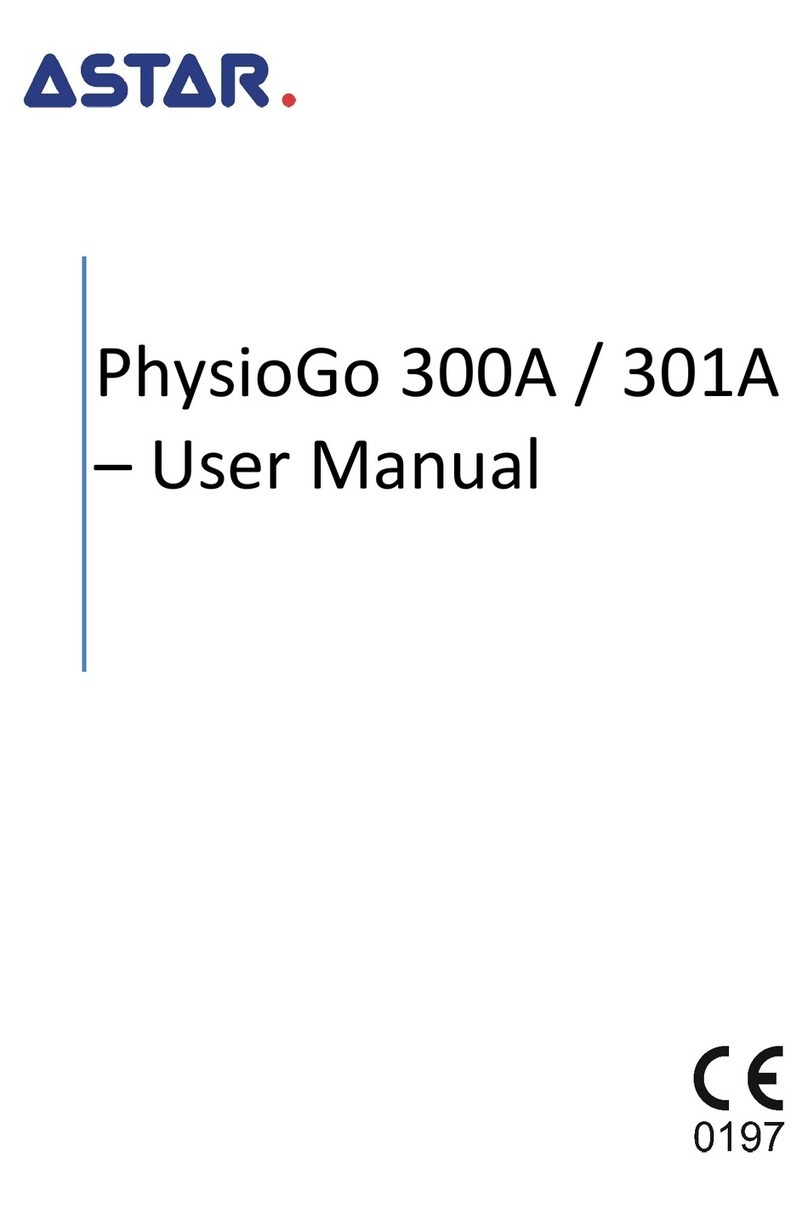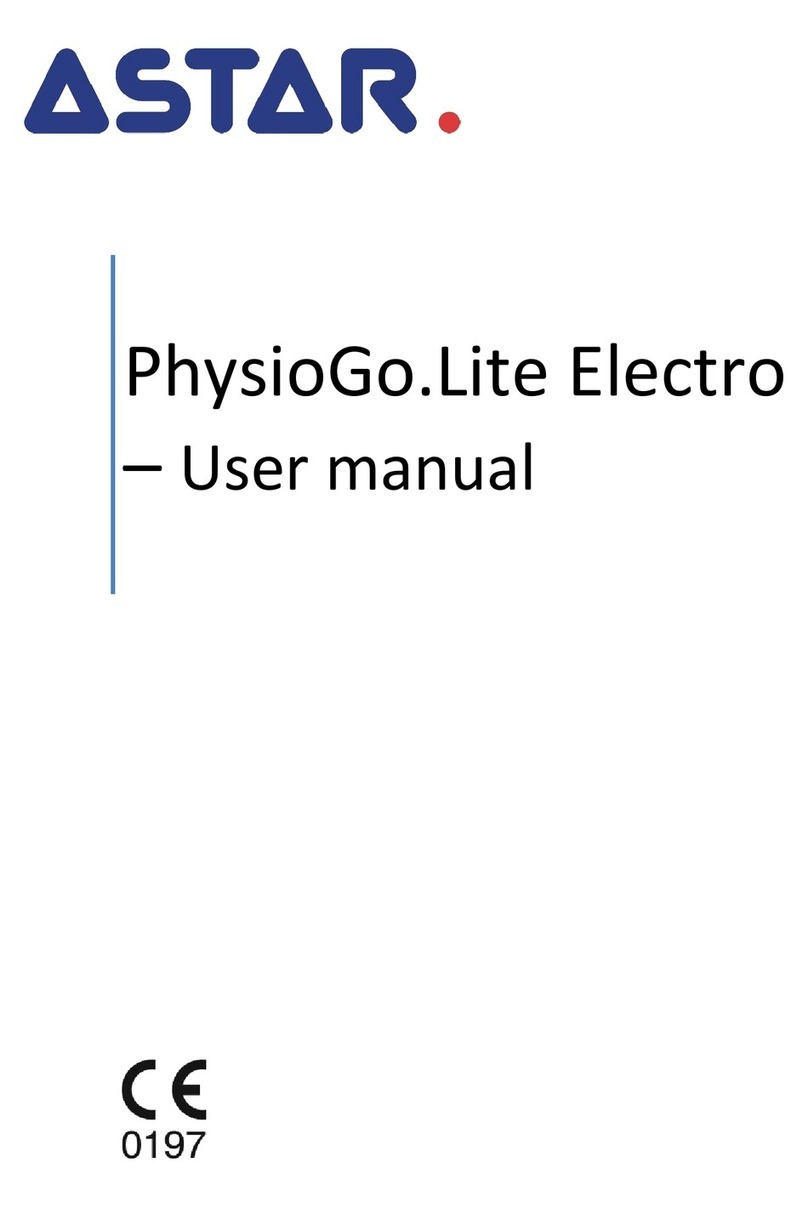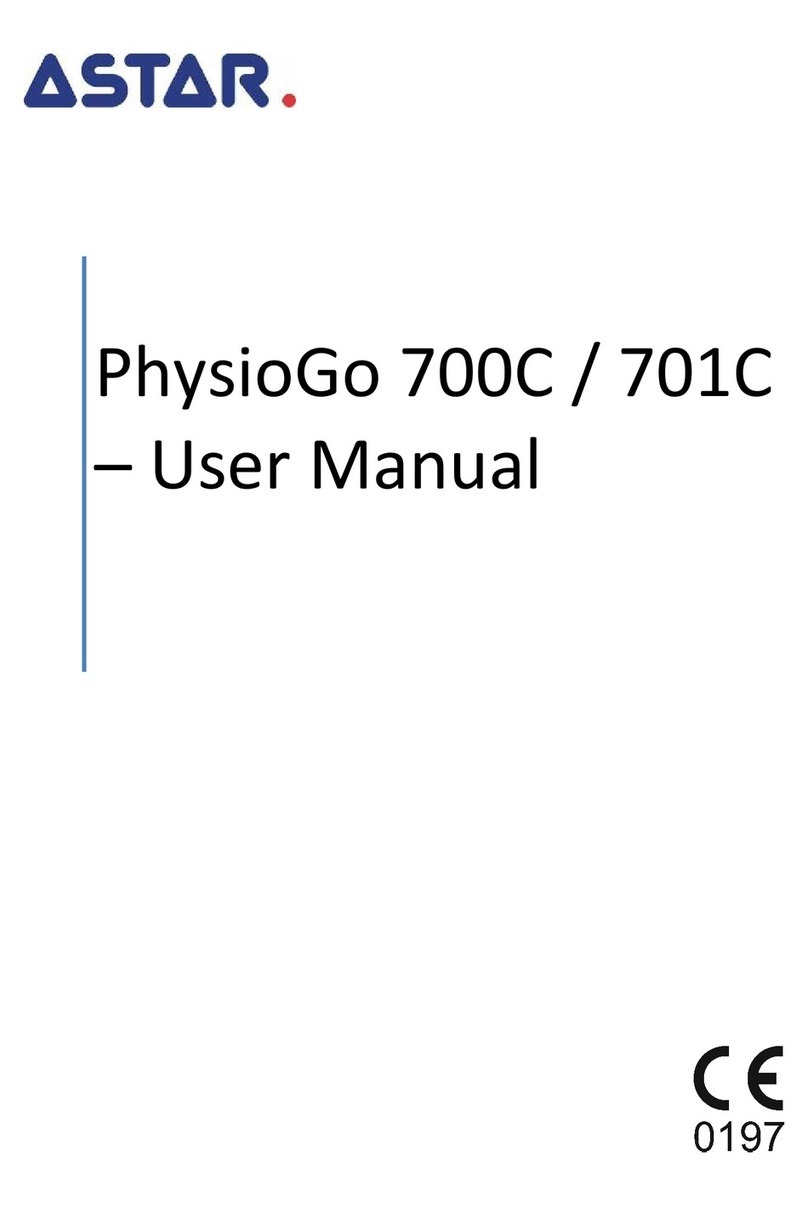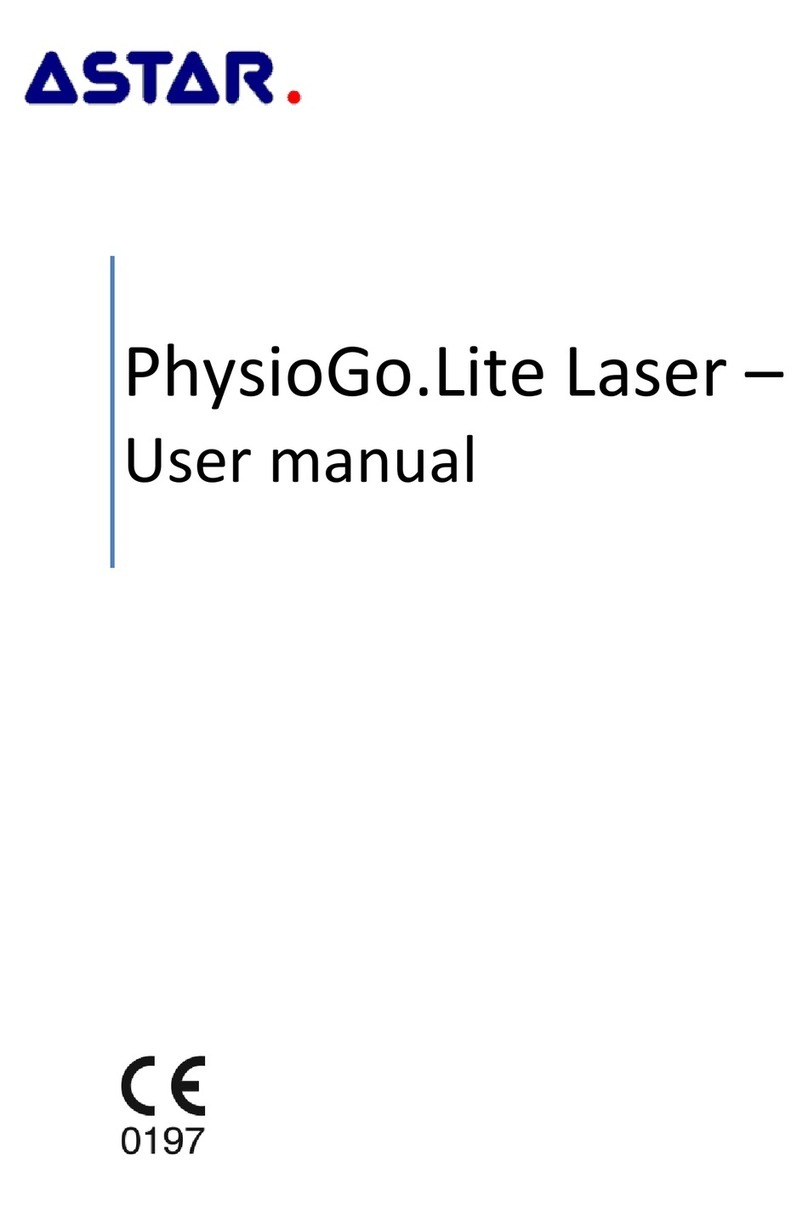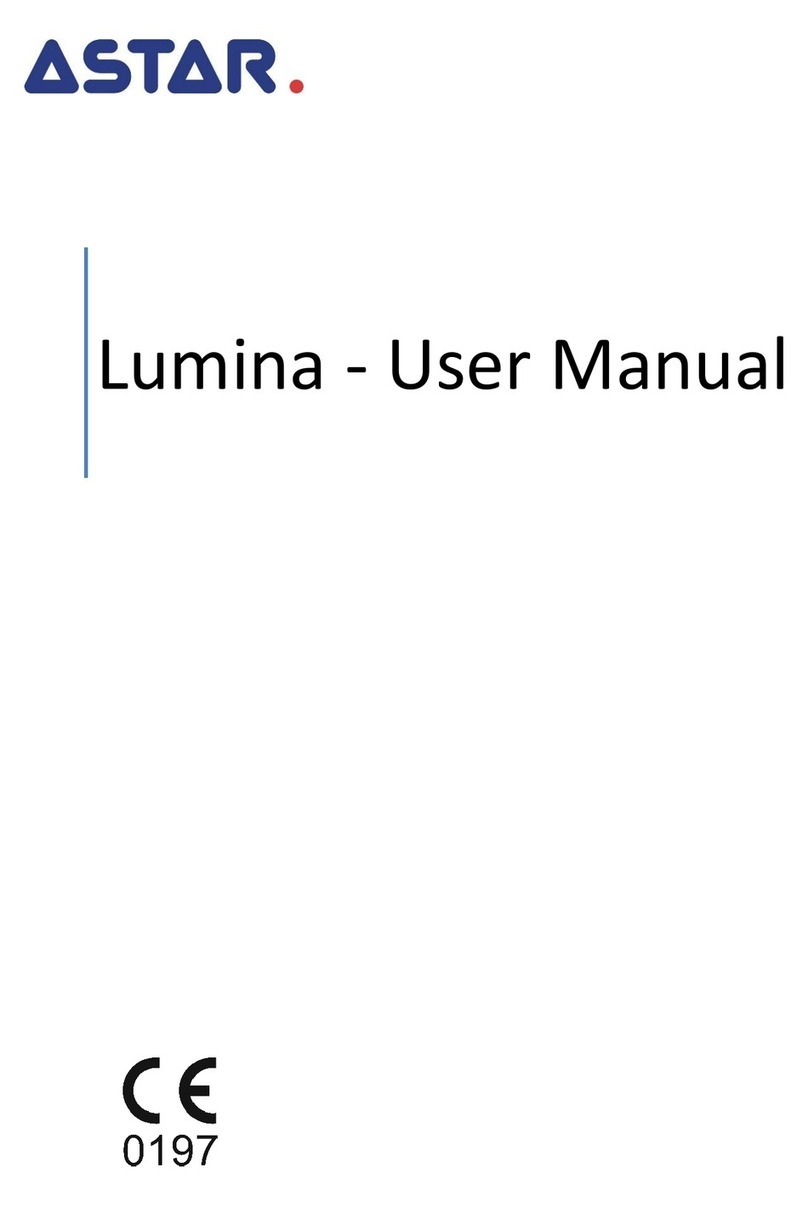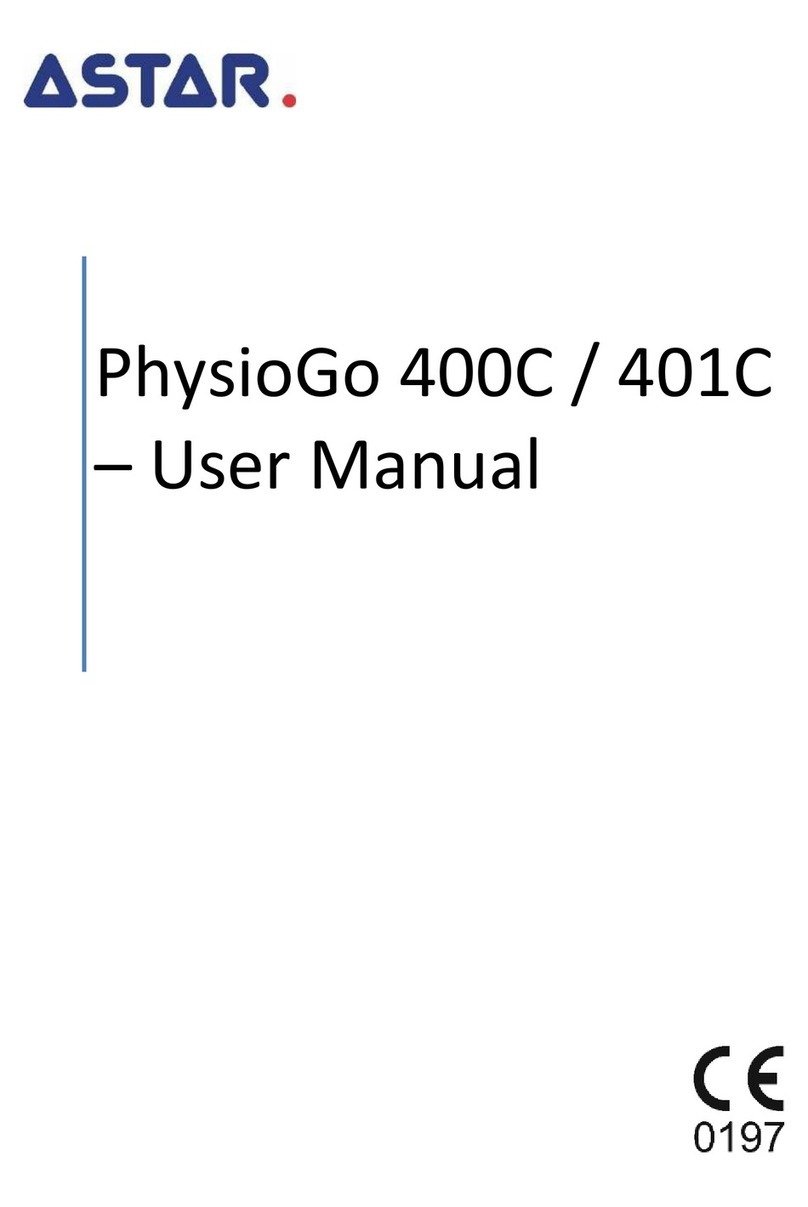
1. Basic information and contents
page 3 / 64 Issue date 07.05.2021, release 1.0
Contents
1. INTRODUCTION .......................................................................................................................................................5
MANUFACTURER ............................................................................................................................................................. 5
RISK MANAGEMENT PROCESS .............................................................................................................................................. 5
2. INTENDED USE .........................................................................................................................................................6
INTENDED USERS .............................................................................................................................................................. 7
USER TRAINING ............................................................................................................................................................... 7
3. WARRANTY AND MANUFACTURER'S RESPONSIBILITY..............................................................................................8
4. OPERATIONAL SAFETY .............................................................................................................................................9
MAINS SUPPLY AND OPERATION MODE.................................................................................................................................. 9
STORAGE,OPERATION AND TRANSPORT CONDITIONS .............................................................................................................. 10
WARNINGS AND SAFETY NOTES ...................................................................................................................................... 10
EXPLOSION PROOF ENVIRONMENT...................................................................................................................................... 12
ELECTROMAGNETIC ENVIRONMENT .................................................................................................................................... 13
OPERATION OF TOUCH-SENSITIVE DISPLAYS .......................................................................................................................... 13
APPLIED PARTS .............................................................................................................................................................. 13
ESSENTIAL PERFORMANCE ................................................................................................................................................ 14
4.8.1 Tests of essential performance and basic safety............................................................................................ 14
DISPOSAL ..................................................................................................................................................................... 15
5. UNIT DESCRIPTION ................................................................................................................................................16
GENERAL CHARACTERISTICS .............................................................................................................................................. 16
FRONT PANEL ................................................................................................................................................................ 17
5.2.1 Operation status and battery level indicators................................................................................................ 18
BATTERY INSTALLATION ................................................................................................................................................... 19
NAME PLATE AND LABEL WITH PARAMETERS ......................................................................................................................... 20
ULTRASOUND HEADS ...................................................................................................................................................... 20
5.5.1 Main features of SnG head ............................................................................................................................ 21
5.5.2 Signaling the lack of contact of the ultrasound heads ................................................................................... 22
5.5.3 Temperature control of ultrasound heads ..................................................................................................... 22
6. DEVICE INSTALLATION AND START-UP ...................................................................................................................23
UNIT INSTALLATION ........................................................................................................................................................ 23
6.1.1 Assembling of the holders.............................................................................................................................. 23
6.1.2 Connection of ultrasound heads .................................................................................................................... 25
6.1.3 Connection in combined therapy ................................................................................................................... 26
FIRST OPERATION ........................................................................................................................................................... 26
SETUP MODE................................................................................................................................................................. 27
6.3.1 Basic information ........................................................................................................................................... 27
6.3.2 Language ....................................................................................................................................................... 27
6.3.3 Global settings ............................................................................................................................................... 27
6.3.4 Functional settings......................................................................................................................................... 28
6.3.5 Control functions............................................................................................................................................ 30
6.3.6 Information .................................................................................................................................................... 30
TRANSPORT POSITION –TROLLEY FOR THE UNIT AND ACCESSORIES ............................................................................................. 31
7. UNIT OPERATION...................................................................................................................................................32
PATIENT PREPARATION AND TREATMENT PERFORMANCE ......................................................................................................... 32
7.1.1 General information....................................................................................................................................... 32
7.1.2 Ultrasound therapy ........................................................................................................................................ 32
7.1.3 Combined therapy.......................................................................................................................................... 33
7.1.4 Method of treatment performance................................................................................................................ 34
SCREEN CONFIGURATION ................................................................................................................................................. 36
GENERAL CONFIGURATION ............................................................................................................................................... 37
DISPLAY DESCRIPTION ..................................................................................................................................................... 38
OPERATION WITH PRESET TREATMENT PROGRAMS ................................................................................................................. 38
FAVORITE PROGRAMS ..................................................................................................................................................... 40
MANUAL MODE OPERATION ............................................................................................................................................. 41
USER PROGRAMS ........................................................................................................................................................... 41
COMBINED THERAPY TREATMENT....................................................................................................................................... 42

